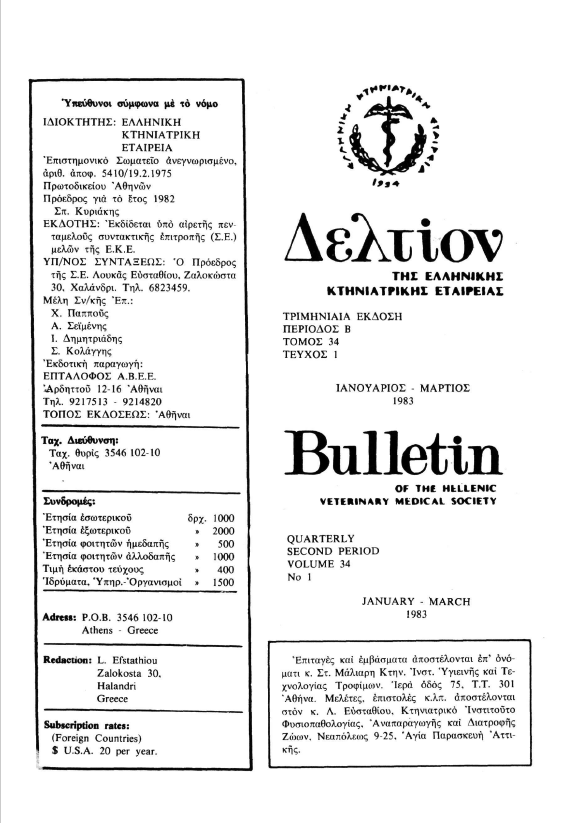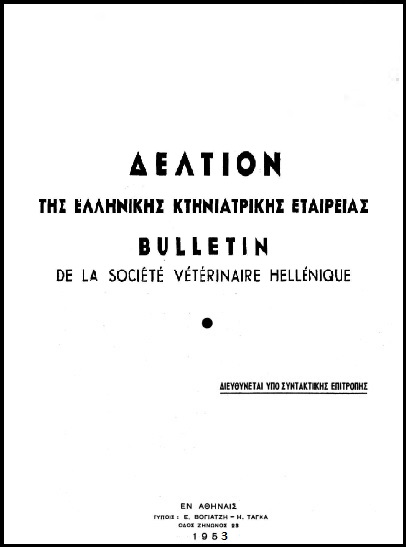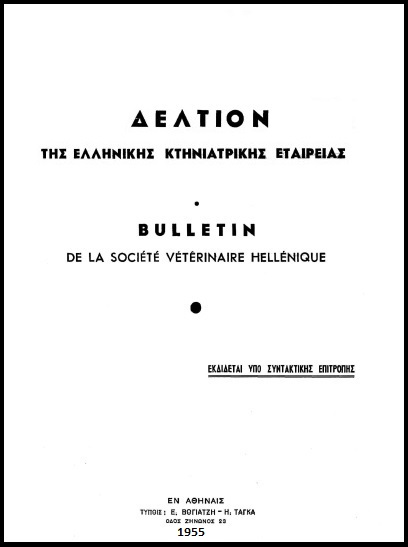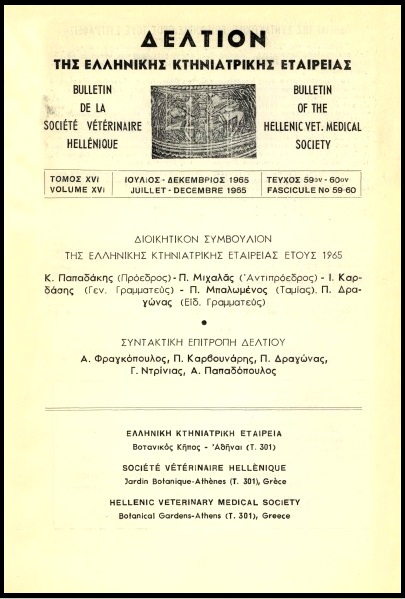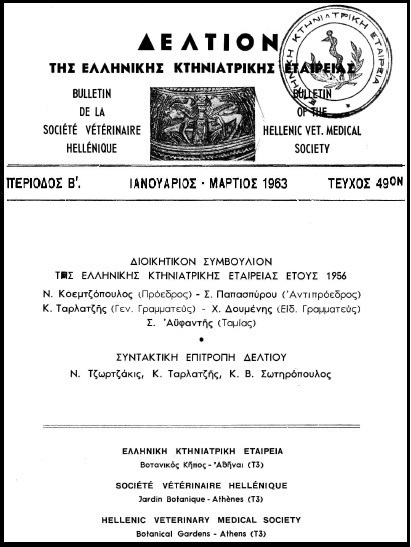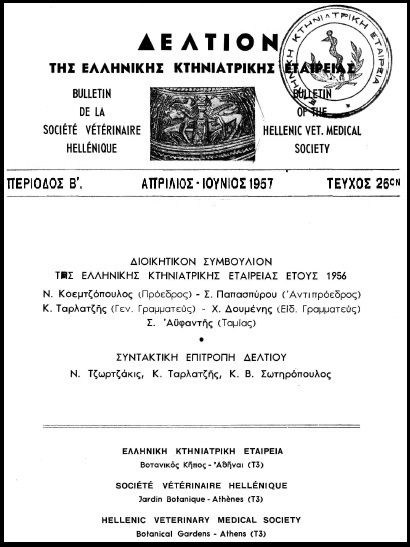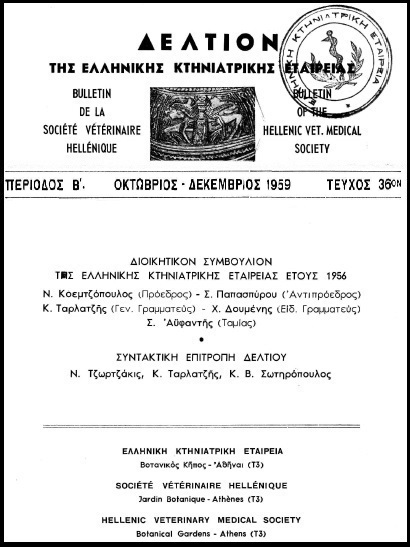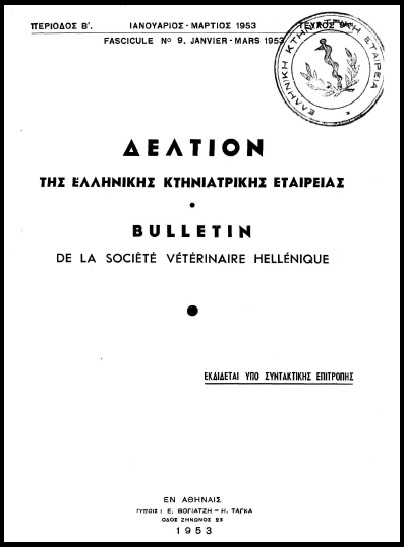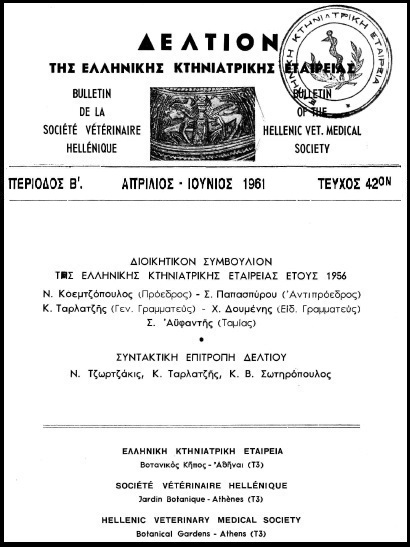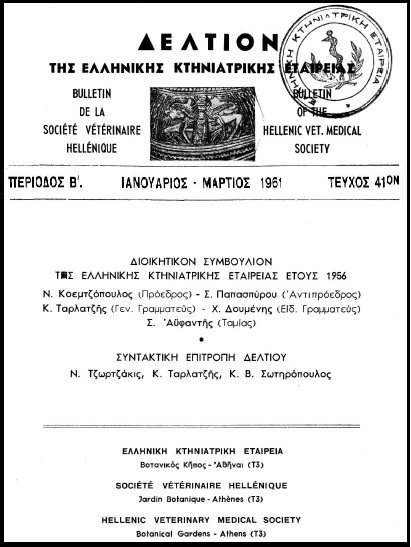Replacement of cereals by tapioca in rations of Fattening pigs
Abstract
Forty-four pigs (average initial weight 22 Kg), hybrids of Large White and Landrace were divided into seven groups and were fed ad libitum with rations consisted of maize, barley, tapioca, soybean meal, fish meal and wheat bran. During the pre-fattening period the rations contained 13.1-13.4 MJ DE/Kg, 16.2 16.5% crude protein and 0, 20 and 40% tapioca. In the final fattening period however, the rations contained 12.8-13.6 MJ DE/Kg, 13-13.6% crude protein and 0, 20, 40 and 60% tapioca. Part of total replacement of cereals by tapioca reduced the linoleic a cid content of the rations which was added to 1%, except for one group where the linoleic acid content of the ration was 0,45%. The results suggest that tapioca given to fattening pigs up to 40% and 60% during the pre and final-fattening period respectively: (1) did not affect significantly the average daily gain of live weight, (2) improved the coefficient of feed conversion for ρ < 0.05 (3) carcass characteristics were not deteriorated (4) during the replacement of cereals by tapioca to the above proportions the addition of linoleic acid to the ration was not necessary and (5) in order to be economic the use of tapioca, under today Greek conditions, its price should be less than 80% of that of cereals.
Article Details
- How to Cite
-
ΠΑΠΑΔΟΠΟΥΛΟΥ Γ., ΖΗΡΑ Ε., & ΚΑΛΑΪΣΑΚΗΣ Π. (2019). Replacement of cereals by tapioca in rations of Fattening pigs. Journal of the Hellenic Veterinary Medical Society, 34(1), 22–31. https://doi.org/10.12681/jhvms.21570
- Issue
- Vol. 34 No. 1 (1983)
- Section
- Articles

This work is licensed under a Creative Commons Attribution-NonCommercial 4.0 International License.
Authors who publish with this journal agree to the following terms:
· Authors retain copyright and grant the journal right of first publication with the work simultaneously licensed under a Creative Commons Attribution Non-Commercial License that allows others to share the work with an acknowledgement of the work's authorship and initial publication in this journal.
· Authors are able to enter into separate, additional contractual arrangements for the non-exclusive distribution of the journal's published version of the work (e.g. post it to an institutional repository or publish it in a book), with an acknowledgement of its initial publication in this journal.
· Authors are permitted and encouraged to post their work online (preferably in institutional repositories or on their website) prior to and during the submission process, as it can lead to productive exchanges, as well as earlier and greater citation of published work.

